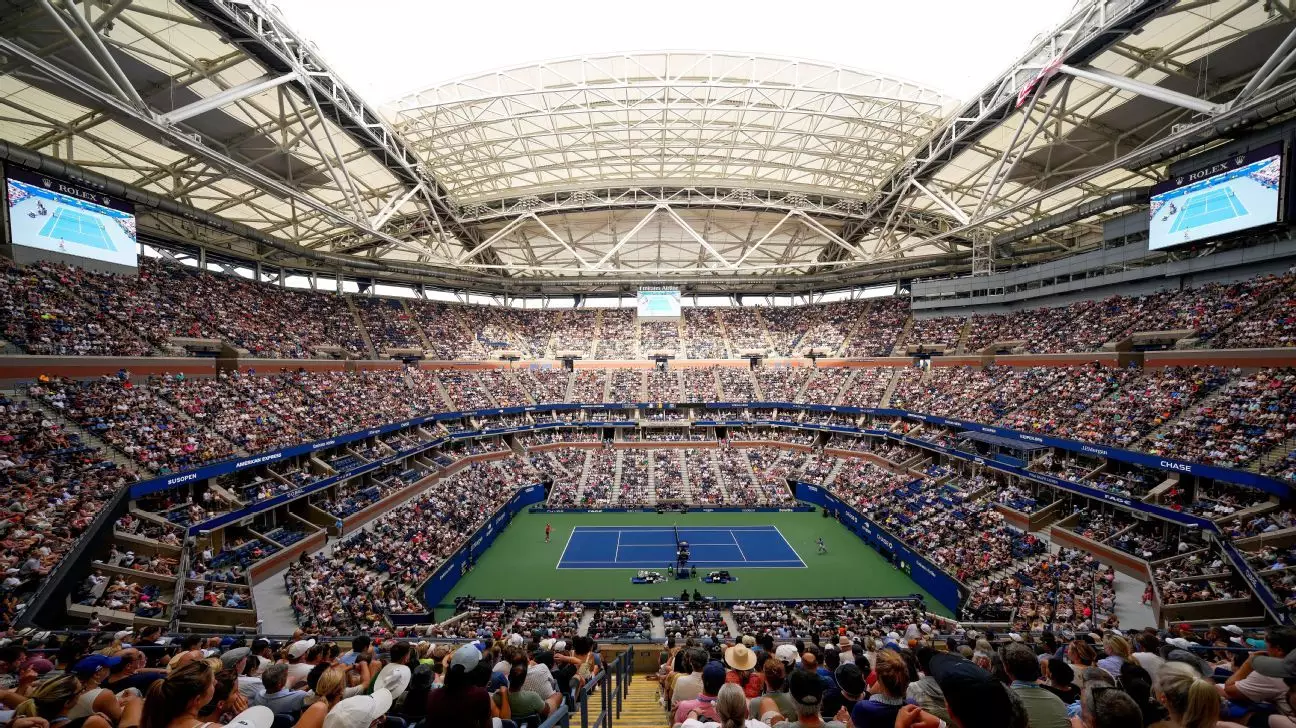In a groundbreaking move announced on Monday, the U.S. Tennis Association (USTA) revealed its ambitious $800 million renovation plan for Arthur Ashe Stadium, the centerpiece of the US Open. Touted as the “largest single investment” in the history of the prestigious Grand Slam event, this initiative not only aims to modernize facilities but also to enhance the overall spectator experience. Notably, the funding is entirely sourced from the USTA, demonstrating a commitment to reinvest in the future of tennis without relying on public funds. This decision reflects a growing trend in sports—an industry increasingly driven by private investments rather than government support.
A Call for Change in Player Compensation
While the news of the stadium’s renovation is undoubtedly exciting, it brings to light a stark juxtaposition with the economic landscape faced by players. A recent class-action antitrust lawsuit led by a coalition of professional tennis stars, including the prominent Novak Djokovic, highlights a troubling reality: the major Grand Slam tournaments collectively reaped over $1.5 billion in 2024, yet players received a meager 10% to 20% of the revenue generated. The players’ plea for increased prize money and more influence in decision-making processes is a legitimate concern that necessitates immediate attention. The focus on luxurious upgrades within the stadium may inadvertently sideline the urgent issues surrounding player remuneration.
The Future of Competitive Tennis
Looking ahead, the USTA has assured fans that renovations will not impede the next two editions of the US Open, which is an encouraging commitment to maintaining the tradition and excitement of the tournament. Innovations such as a new Sunday start for the main draw in 2023 and an extended 15-day competition schedule aim to invigorate the event while catering to fans’ desires for a more expansive experience. Yet, the enhancements to player facilities—including a $250 million player performance center—spark conversations about the balance between player welfare and the spectacle of elite tennis. As the competition evolves, so must the support systems that enable athletes to thrive.
Redefining the Fan Experience
The renovations planned for Arthur Ashe Stadium are designed to redefine the spectator experience significantly. An increase in courtside seating capacity, alongside the addition of luxurious suites, upscale dining options, and improved accessibility features, aligns with modern expectations for sports venues. The substantial investment in constructing larger concourses and restrooms also highlights a thoughtful approach to alleviating crowd congestion, enhancing comfort for fans during their visit. Such changes are essential, as the US Open strives to maintain its status as one of the premier global tennis events, competing with the likes of Wimbledon and the Australian Open.
A Vision for Tomorrow
The renovation of Arthur Ashe Stadium signifies more than just an upgrade of a sports venue; it represents a pivotal moment in the evolution of tennis culture in the United States. The ambitious investment has the potential to elevate the profile of the tournament and reestablish its commitment to both players and fans alike. However, as we witness these monumental changes, it is crucial to ensure that the voices advocating for equitable compensation and support are not drowned out by the allure of luxurious facilities. In a sport defined by its athletes, a balance must be achieved between enhancing the spectacle and prioritizing the well-being of those who make it all possible.

